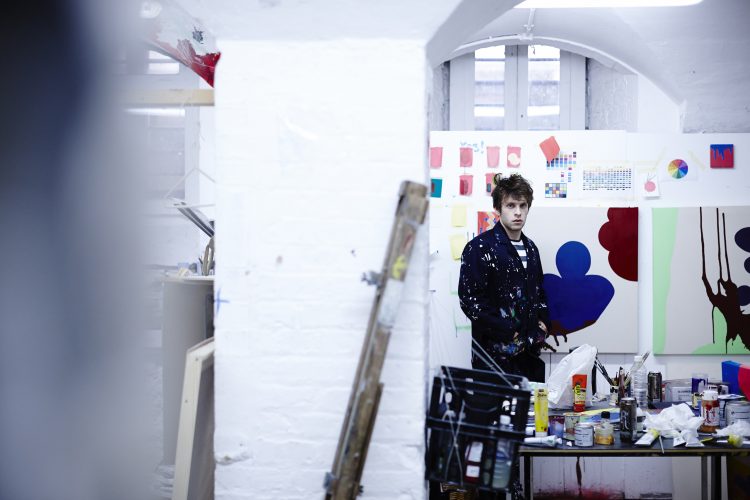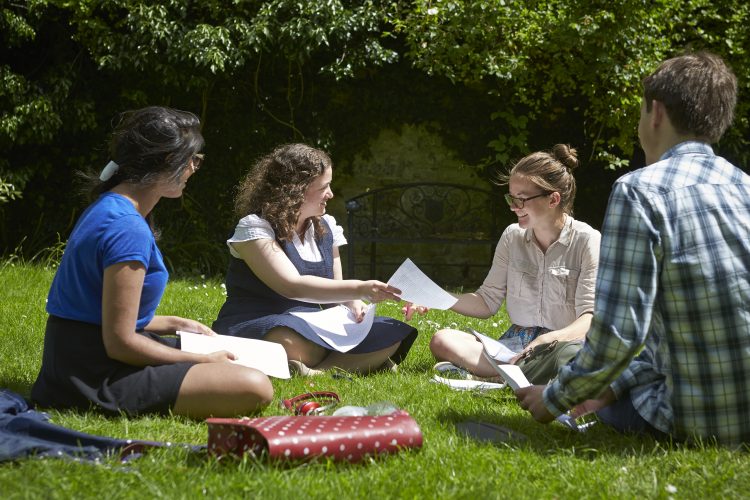Lue – Fine Art
What do you like best about your course?
One of my favourite things about the course is the amount of control you have in terms of the direction you want to take your practice, and the opportunities and resources available at the Ruskin School of Art for you to be able to do this. I also really enjoy the history and theory side, having not known much about this before. We are encouraged always to think of what we learn in relation to our own work and what’s happening in contemporary art, so it’s not treated like a separate strand of the course.
How is your subject taught at Oxford?
It is very much a self-led course with most your time spent in the studio. This can be very rewarding but means you do have to be self-driven and independent. You have a tutorial with your practice tutor (someone who helps you develop your own work) once every two weeks but can also request more from other tutors and visiting artists who give talks at the Ruskin.
There’s also a history and theory lecture and seminar once a week from which you submit roughly one essay a term. In first year we also study anatomy, which is a great opportunity to do something different while developing drawing and analytical skills. You work with the medical facilities to respond to and learn the structure of the human form.
What advice would you give potential applicants interested in studying your subject?
Think about what you want to get from the course. It’s all about how Ruskin can help with your practice so don’t worry about proving you’re an ‘all rounder’ (i.e. include life drawings or video if you’re not into it just to ‘tick a box’). There is no such thing as a Ruskin type that you need to fit into; we’re all a right mix! Include what you feel most passionate about and what, if given the opportunity, you think you’d be really excited to talk about. Also don’t feel like you need to be an art history expert; a genuine interest and desire to learn is just as valuable!
Why did you choose St Edmund Hall?
I chose Teddy Hall because it seemed the most down-to-earth and welcoming college and takes six artists (a high number for an Oxford college). This was important to me as I really wanted to be able to continue discussions outside the studio. As a result we are a close bunch, which leads to collaborative projects such as Teddy Hall’s first interim show – in which we second-years each respond to a piece from the College’s modern painting collection.
What is life like as a student here?
As already mentioned, Teddy Hall is one of the most down-to-earth colleges. With a large concentration of people on a smaller campus, you always bump into people on the way to the laundry room, etc., so there’s always opportunity for a catch up. The fact that we have dinner and breakfast together is a great way to mix and get to know different groups of people round College and having a full English every day in first year made me a very happy camper (other healthier breakfast options are available but I like to stock up for the day!).
What sort of extra-curricular activities are you involved in at Oxford?
I’ve performed in and designed set for several theatre projects around Oxford including some Teddy Hall led ones. This summer I was part of the OUDS (Oxford University Drama Society) National Tour in which I performed in a sketch comedy which went to London, Manchester and the Edinburgh Fringe festival.
Where next?

